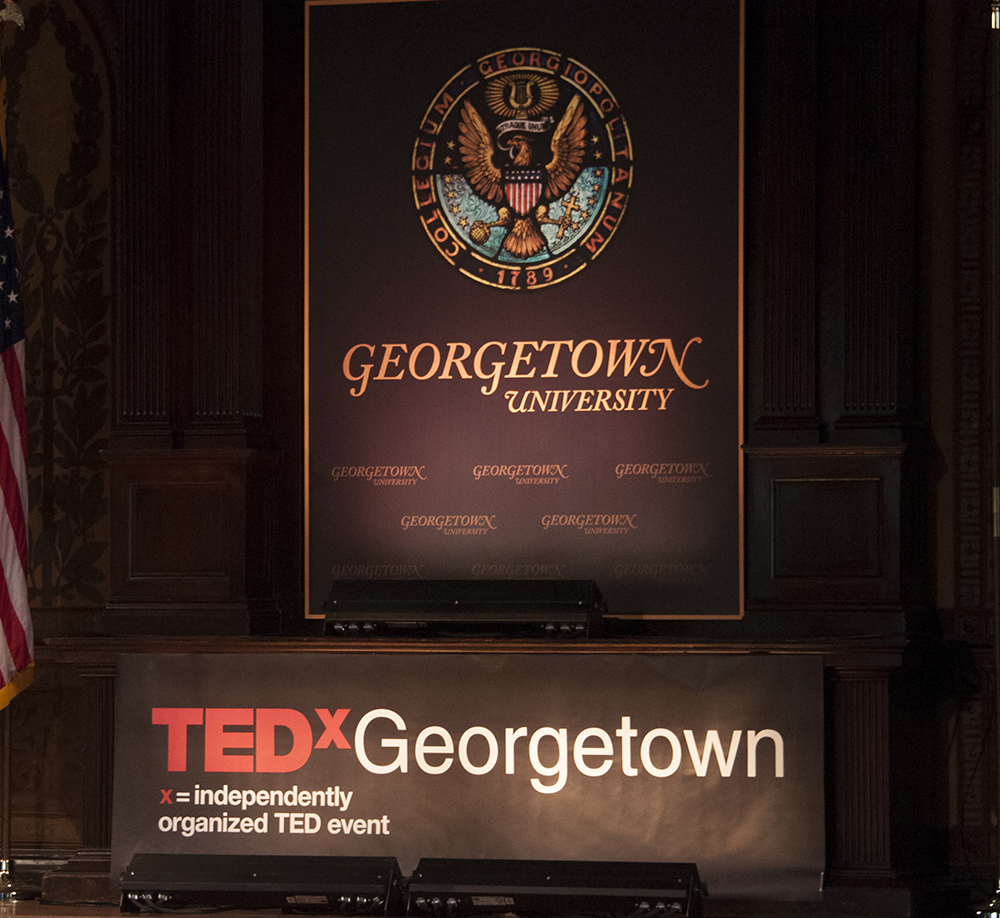In 1892, a Stanford University student of the Pioneer Class arranged for the famous pianist, Ignacy Jan Paderewski, to come and perform at Stanford. Paderewski was a world-renowned concert pianist and composer in the late 19th and early 20th century. He had been touring across Europe and North America at the time. However, the Stanford concert was a financial disaster. Attendance was dismal, and so there were not sufficient funds from ticket sales to pay honorarium to Paderewski. When the pianist learned of this predicament, he generously decided to not only waive his fee but also to cover the lease of the concert hall and other expenses.
The incident marked a beginning of a meaningful and poetic friendship that would last for more than half a century.
When Ignacy Jan Paderewski returned to Poland, he engaged in politics with all his artistic charms and oratory prowess, as well as with a passion for Polish independence. It was Paderewski who represented Poland during negotiations for the Treaty of Versailles in 1918 and, later, at the Paris Peace Conference in 1919 as the first prime minister and minister of foreign affairs of the Republic of Poland. But Paderewski’s country, stricken by massive destruction and widespread poverty after World War I, was starving.
As for the student, he completed his studies at Stanford with a geology degree and went on to work for the government. With the knowledge and the capability of a Stanford graduate and the heart of a true public servant, he ascended the government ranks and was appointed director of the American Relief Administration in 1914. The program was responsible for feeding hundreds of millions of people across Europe and specifically one and a half million Polish citizens. The ARA provided for meals, overcoats, shoes and so on for thousands of Polish children and students. When World War II broke out, the student established the Commission for Polish Relief, which helped hundreds of thousands of Polish people. When the student visited Poland in 1946, he crafted plans that would aid the Polish in the decades to come.
Clearly, the debt was paid — and with interest.
Perhaps this is a vindication for the old Bible teaching that “a man reaps what he sows,” or a real-life example of children’s fables, or a true testament to Justin Timberlake’s popular Grammy-Award-winning musical hit starring Scarlett Johansson, “What Goes Around Comes Around,” or simply a more frugal and realistic way of motivating others to do good. Doing good for others does not necessarily have to stem solely from the moral impetus or the compelling social obligation. It should be inspired from the realization that others may, at some point in the future, reciprocate the generous actions. A random act of kindness can go a long way in changing someone’s life and, in turn, positively affecting the benefactor.
Although it is undoubtedly impossible to quantitatively measure the output or utility of a good deed or to objectively forecast the rate of return on a good action, an act of kindness should not be interpreted as a handout but rather as a long-term investment. The yield of this investment is not only the moral satisfaction of caring for others but also the potential reciprocations and remunerations.
Perhaps when Paderewski helped that poor foreign student in 1892 he never, in his wildest dreams, thought that the student would eventually return the favor in an immeasurable way. One may argue that even if the recital had been sold out, or if the student had chosen not to enter the public sector, or if the story had not happened at all, someone would still be appointed to direct the ARA and its relief effort in Poland and Europe. Perhaps this is true. But maybe if Paderewski had known in 1892 that this orphaned, poor student from Iowa who messed up the logistics of his concert would one day lead the biggest relief effort ever mounted in Europe and would feed his starving people, he probably would have helped without even thinking. It makes no financial sense whatsoever for Paderewski to have been so magnanimous at the time, but then again, he must have been very happy in 1918 to know that he had done so.
In 1947, in recognition of his contributions and good works, the United States Congress unanimously ratified a resolution renaming a dam on the Colorado River after that student, declaring the site Hoover Dam, named after Herbert Hoover, who so happened to be the third U.S. secretary of commerce and the 31st president of the United States.
Duy Mai is a freshman in School of Foreign Service. The Worldernist appears every other Thursday on thehoya.com.














